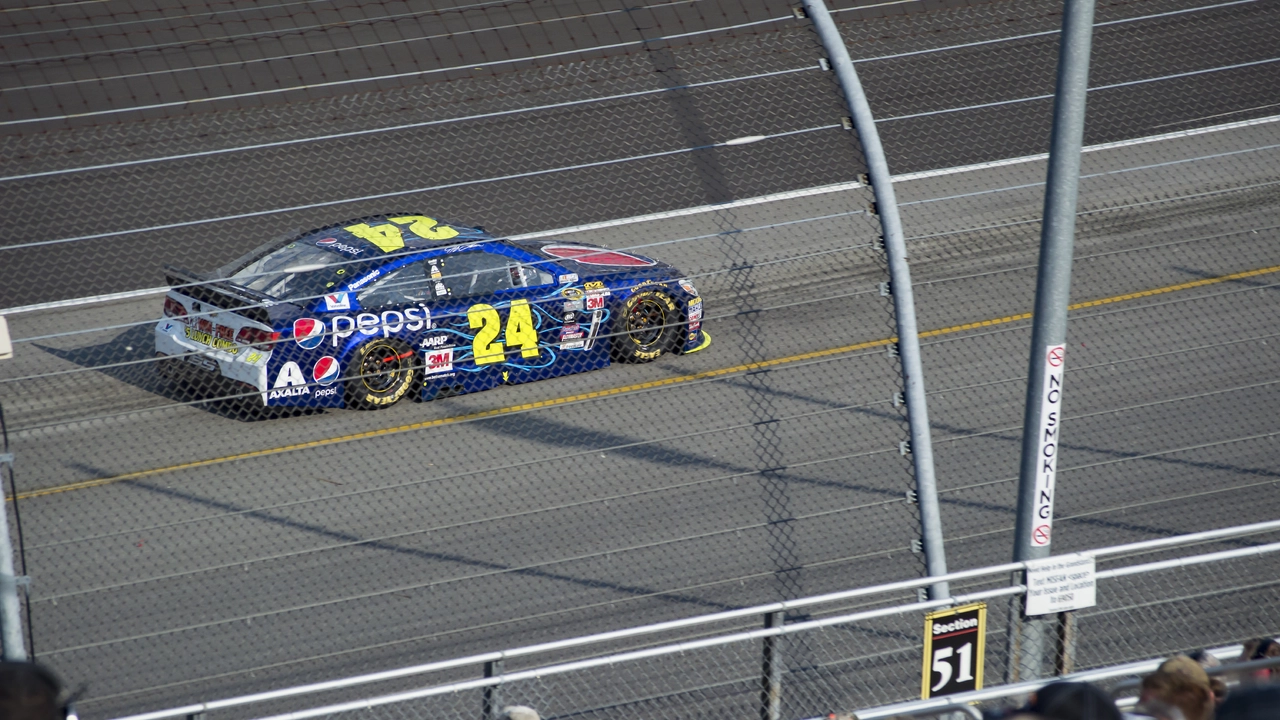NASCAR racing, despite its massive popularity, does face some criticisms. A primary concern is the lack of diversity in the sport, both among drivers and fans. There's also criticism over the perceived monotony of the races, as some folks find the continuous left turns less thrilling. The environmental impact of NASCAR races, namely the carbon emissions and noise pollution, is another point of contention. Lastly, there's the issue of safety, with critics arguing that more could be done to protect both drivers and spectators.
Racing Issues – What’s Shaping Motorsports Today
If you love speed, you’ve probably noticed the sport is changing fast. From new safety gear to electric powertrains, every corner brings a fresh challenge. Below we break down the most talked‑about issues and give you clear steps to stay ahead, whether you’re a fan, a rider, or a team member.
Safety and Regulations
Safety has become the top priority on every track. Modern helmets now embed carbon‑fiber shells and smart sensors that alert medics the moment a rider takes a hard hit. Teams are also enforcing stricter crash‑test standards for chassis, meaning older models are being retired faster than ever.
Regulators are tightening rules around rider fitness too. Mandatory heart‑rate monitoring and regular neurologic checks are now standard in most series. If you’re thinking about stepping into a race, start a routine of cardio workouts and strength training now – you’ll thank yourself when the medical screen comes round.
Another safety boost comes from track design. New runoff areas use high‑tech gravel and foam blocks that slow a bike without tossing it off the line. When you scout a circuit, look for these features; they’re a good sign the venue takes rider welfare seriously.
Future Tech and Sustainability
Electric racing is no longer a niche experiment. Series like Formula E and MotoE prove that silent power can still deliver jaw‑dropping speed. The biggest hurdle remains battery weight, but manufacturers are rolling out lighter cells that add only a few kilos compared to gasoline‑fuelled bikes.
If you’re curious about going electric, start by testing a street‑legal e‑bike. It gives you a feel for torque delivery and charging habits without the high‑cost of a race‑grade machine. Many clubs now host electric‑only practice days – a perfect low‑pressure way to learn the quirks.
Alternative fuels are also in the mix. Bio‑ethanol blends are being trialled in touring car championships, offering a smoother transition for teams reluctant to abandon internal combustion completely. Keep an eye on fuel‑regulation updates; a small change in allowed blend percentage can reshape strategy overnight.
Beyond power sources, data analytics is reshaping how teams fine‑tune performance. Real‑time telemetry now streams to the pits on 5G networks, letting engineers adjust suspension settings on the fly. If you’re building a grassroots team, invest in a basic data logger and learn to read lap‑by‑lap graphs – the insight you gain will outweigh the modest cost.
Finally, driver development pathways are facing new demands. Traditional karting routes still matter, but many academies now require a digital portfolio showing simulation scores, fitness metrics, and brand engagement. Start documenting your practice sessions on video and track your fitness numbers in an app; these stats will become part of any future application.
In short, racing issues today revolve around making the sport safer, greener, and smarter. By staying informed about safety gear upgrades, embracing electric or hybrid tech, and building a data‑driven training routine, you’ll be ready for whatever the track throws at you next.
